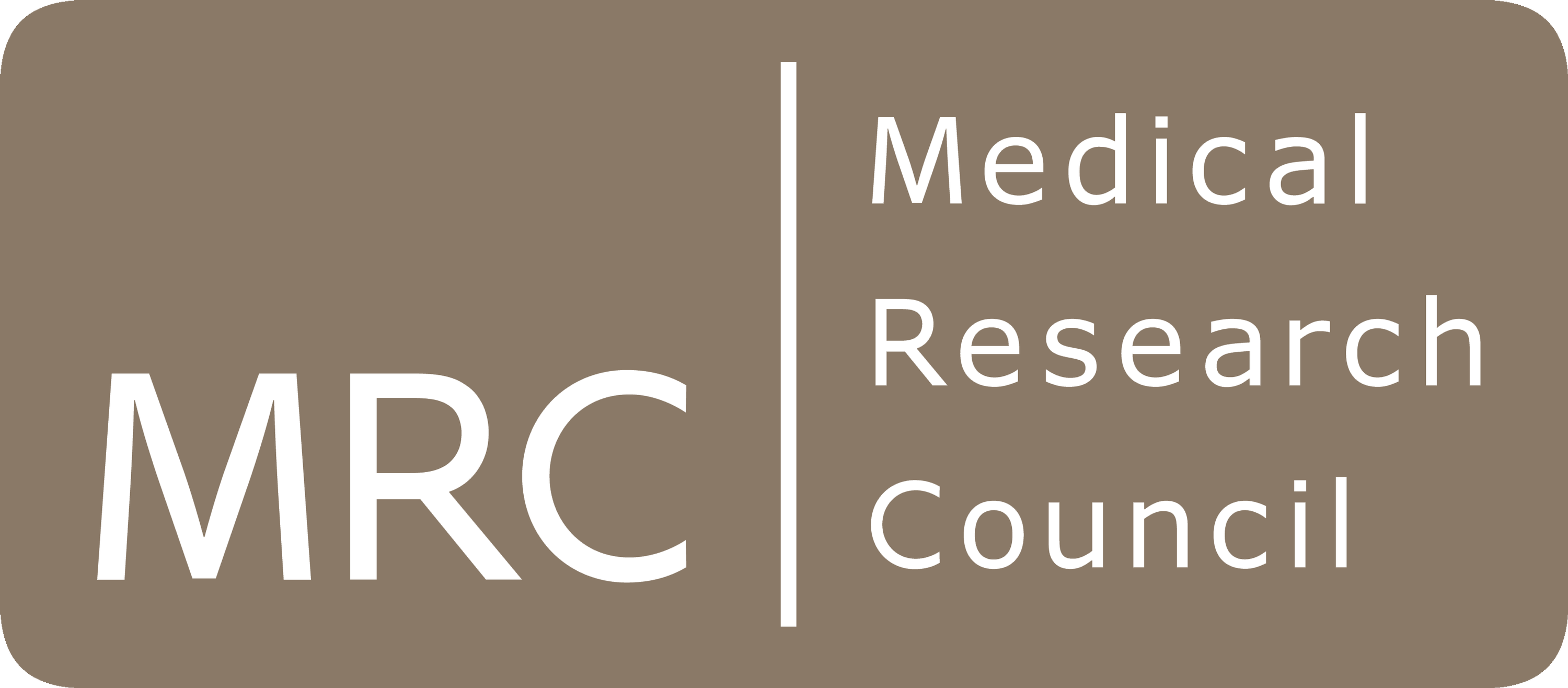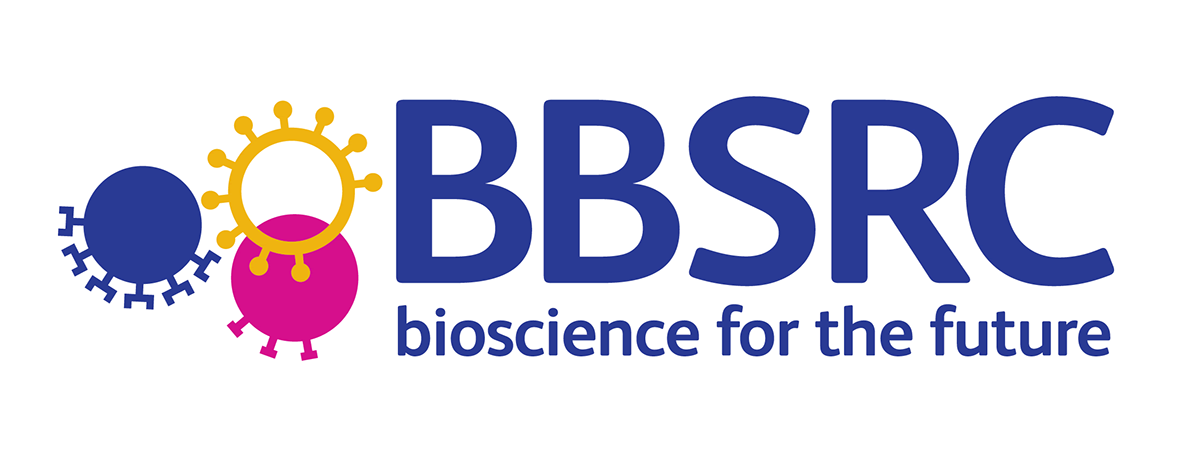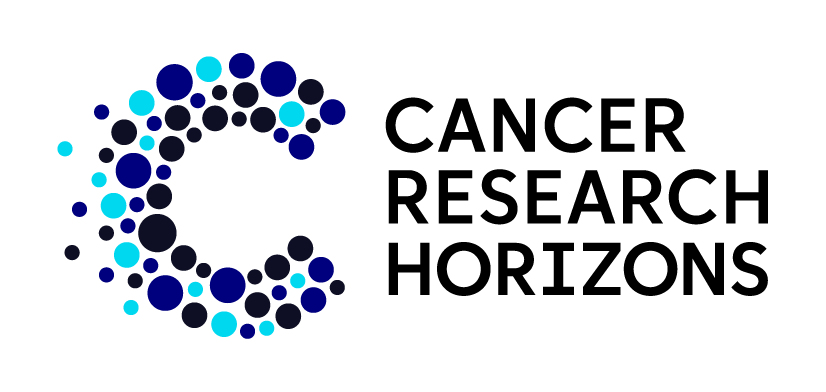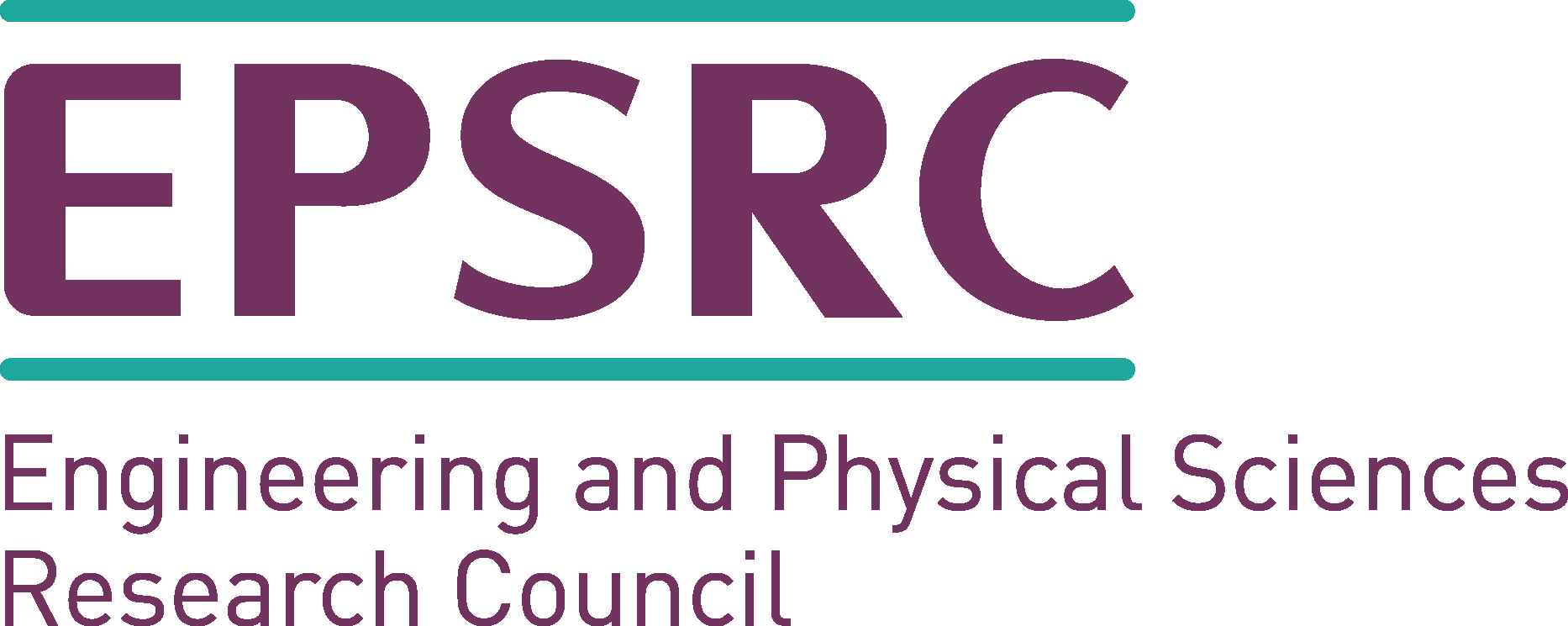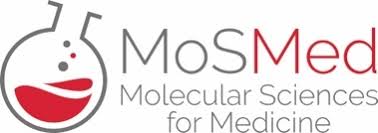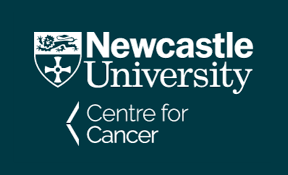Structural Sciences
The structural sciences team utilise methods to assess, qualify and quantify the interactions of our chosen targets with their binding partners and inhibitors. Some of these technologies have also been optimised to permit screening of novel compounds in our search for new, active molecules against our targets.
Protein Production
We produce target proteins recombinantly in either bacterial or insect cell expression systems. For new targets, we typically screen multiple expression constructs, bacterial strains, and culture media, on a small-scale prior to scale-up in order to optimise protein production for use in assays and crystallography. We utilise a variety of expression tags (including GST and poly-histidine) and have incorporated several assay-relevant tags such as FLAG and SBP within our customised vector sets. Automated protein purification is conducted at both room temperature and under refrigerated conditions, allowing a range of conditions to be examined rapidly. Reagents are quality-controlled using mass spectrometry.
Biophysical Characterisation
We utilise a wide variety of assay methods and platforms to screen, confirm and characterise ligand binders, many of which have been optimised toward high-throughput usage.
- To rapidly and accurately dispense compounds we use a Labcyte Echo Acoustic Handler and dispensing instrument. Using sound waves, the Echo can transfer volumes as low as 2.5 nL into plates for assay and crystal soaking.
- We use a Biacore S200 for surface plasmon resonance (SPR) screening and characterisation.
- For a thermodynamic assessment of binding we use a MicroCal PEAQ-ITC.
- We also utilise fluorimetric assays such as differential scanning fluorimetry, fluorescence polarisation, and homogenous time-resolved fluorescence for binding and stability studies, exploiting the capabilities of the Pherastar FS and QuantStudio 7.
Structural Technologies
The Newcastle Drug Discovery approach is anchored by structure-based drug design, primarily driven by X-ray crystallography. From identification to characterisation, we now have a suite of techniques available for exploring our targets.
Newcastle University recently invested in an in-house state-of-the-art X-ray source and detector, making Newcastle the UK’s first academic institution to host a Bruker Liquid METALJET D2. The METALJET uses a high-speed jet of liquid metal, gallium, to produce X-rays. Our set-up also includes a sample robot allowing for high-throughput testing and data collection. For crystal screening, we use a TTP Labtech Mosquito liquid handler for protein crystallisation, equipped with a humidifier for complex samples and reduced sample loss. Plates are housed in either a temperature-controlled crystallisation room, dedicated incubators, or our Rigaku Minstrel providing flexibility in crystallisation conditions.
Through our block allocation group, we also have routine access to Diamond Light Source, the UK national synchrotron, giving us access to a wider range of X-ray based experimentations including the XChem service for fragment-based crystallographic screening. Through Diamond we are also able to access facilities for small-angle light scattering and cryo-electron microscopy.
Several of our research interests also involve characterising our targets in functional complexes, and cryo-electron microscopy is becoming an integral part of that exploration; Newcastle recently acquired a Hitachi 120kV microscope and plunge freezer which allow us to routinely screen and optimise samples for cryo-EM.
The NMR facility in Newcastle’s Chemistry department also hosts four spectrometers including a Bruker Avance 700 MHz equipped with nitrogen-cooled cryoprobe and autosampler, allowing us to explore binding events by both natural abundance and isotopic labelling of proteins.
